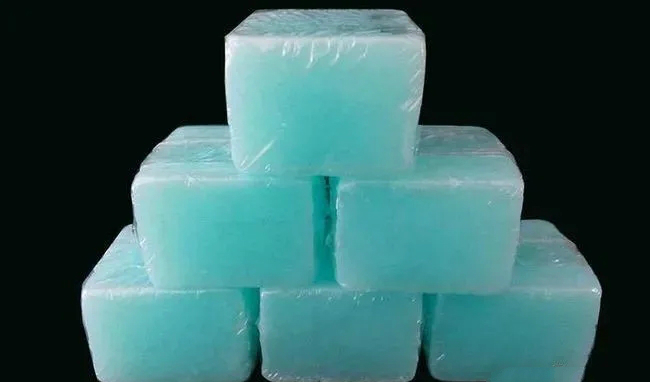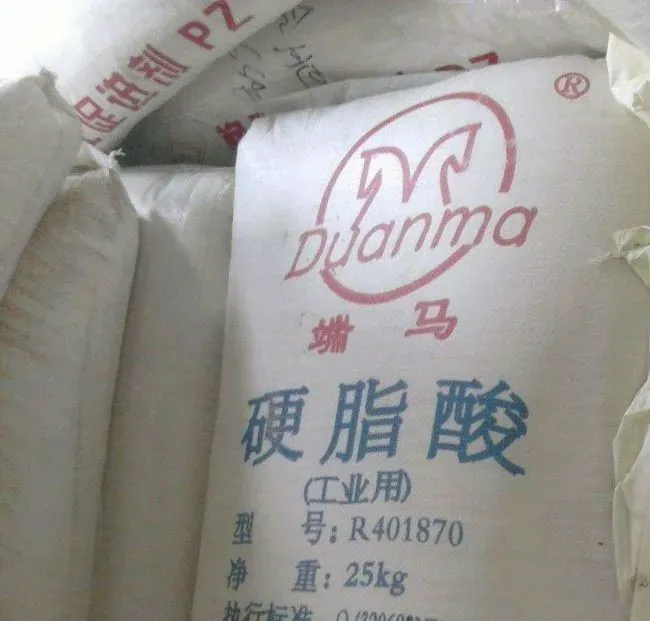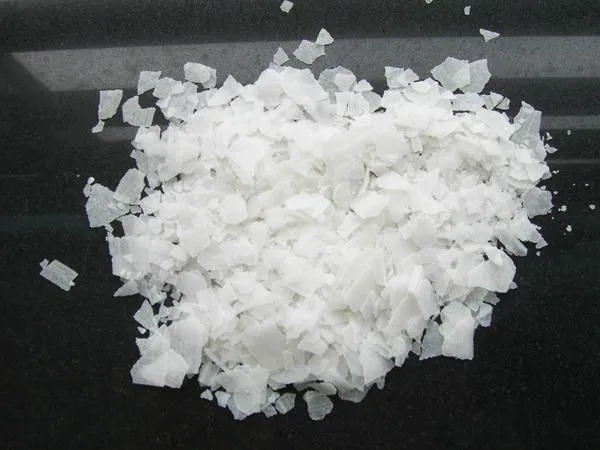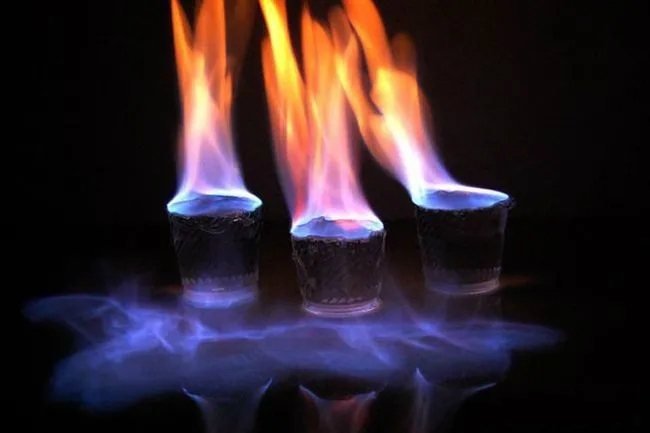Why is the common solid alcohol solid? How to prepare solid alcohol?
Most of the alcohol we see is liquid, but why is solid alcohol, a common fuel in hot pot restaurants, is solid?
The reason is that some curing agent is added to the liquid alcohol. There are many types of curing agents, such as calcium acetate, nitrocellulose, ethyl carboxyethyl cellulose, higher fatty acids, etc., among which stearic acid is the most commonly used. In addition to stearic acid, additives such as sodium hydroxide are also added.
Stearic acid
Sodium hydroxide
Stearic acid is acidic, while sodium hydroxide is alkaline, and the two can be neutralized to form sodium stearate. Sodium stearate is a long-chain polar molecule, which is insoluble in ethanol and can be uniformly dispersed in ethanol to form a sol. When the temperature is lowered, the kinetic energy of the colloidal particles decreases, the originally dispersed sol is unstable, and a large number of colloidal particles precipitate out. The colloidal particles are connected to each other by the van der Waals attraction between the molecules to form a network structure. Alcohol molecules are in the gaps of the network structure and are bound in the gaps of the interconnected three-dimensional network skeleton of sodium stearate, and solidify in a non-flowing state to form a solid alcohol. At this time, the colloid is in a gel state. When the temperature rises, the kinetic energy of the colloidal particles increases, the movement speed of the molecules accelerates, the contact of the colloidal particles disappears, the network structure no longer exists, and the colloidal particles are in a freely moving state, and they become a liquid sol again.
The method of preparing solid alcohol is not complicated, and the steps are as follows:
Take 100g of 95% industrial alcohol, add 13g of stearic acid, heat and stir in the flask, and maintain the temperature at 60°C until the stearic acid is completely dissolved. It takes about 40 minutes. Add 84 g of alcohol and 2 g of NaOH to another flask, and heat and stir at the same temperature until the NaOH is completely dissolved. Then, mix the two solutions evenly while they are hot, and then pour them into the mold. After they are naturally cooled, a uniform, almost transparent solid alcohol will be obtained.
Conditions that affect the performance of solid alcohol:
① Mixing temperature. When the temperature is very low, because stearic acid cannot be completely dissolved, solid alcohol cannot be obtained. The most suitable temperature is 60℃. When the two solutions are mixed at 60°C, the two solutions do not immediately solidify, so the solution can be mixed very uniformly. After mixing, the alcohol will continue to solidify during the natural cooling process, and finally a uniform solid alcohol will be obtained. Although the appearance of the product made at 70 ℃ is also very good, but the temperature is close to the boiling point of the alcohol solution, and the alcohol volatilizes too fast, so this temperature is not suitable.
②The amount of stearic acid. With the increase in the amount of stearic acid, the combustion performance of the product is improved, the flow phenomenon during combustion is reduced, and the burning time is prolonged. However, as the amount of stearic acid increases, the amount of residue after combustion increases, and the cost of solid alcohol increases. The effect of stearic acid is 6%.
③The amount of alkali. As the amount of sodium hydroxide added increases, the hardness of the product becomes greater and the curing effect is better. When the added sodium hydroxide exceeds 1.5%, the burning time becomes significantly shorter. The more alkali is added, the higher the cost. The corrosiveness is also great, and there will be an obvious burning smell. It is better to control the amount of sodium hydroxide at 1.30%.
④The influence of additives on the quality of solid alcohol. The flame of alcohol is basically colorless when it burns, while the flame of solid alcohol is yellow due to the addition of sodium hydroxide and sodium ions. If 0.5% copper nitrate is added, the various indicators of solid alcohol are basically not affected, but the flame turns blue when it burns. You can choose different salts and add them to the solid alcohol to get different colors of flames and increase the beauty of burning.
⑤ Make colorful solid alcohol. By adding coloring agents to the raw materials, the originally colorless solid alcohol can show colorful colors, thereby adding interest. The colorant may be phenolphthalein, methyl orange, methyl red, copper nitrate, cobalt nitrate, barium chloride, and the like.



